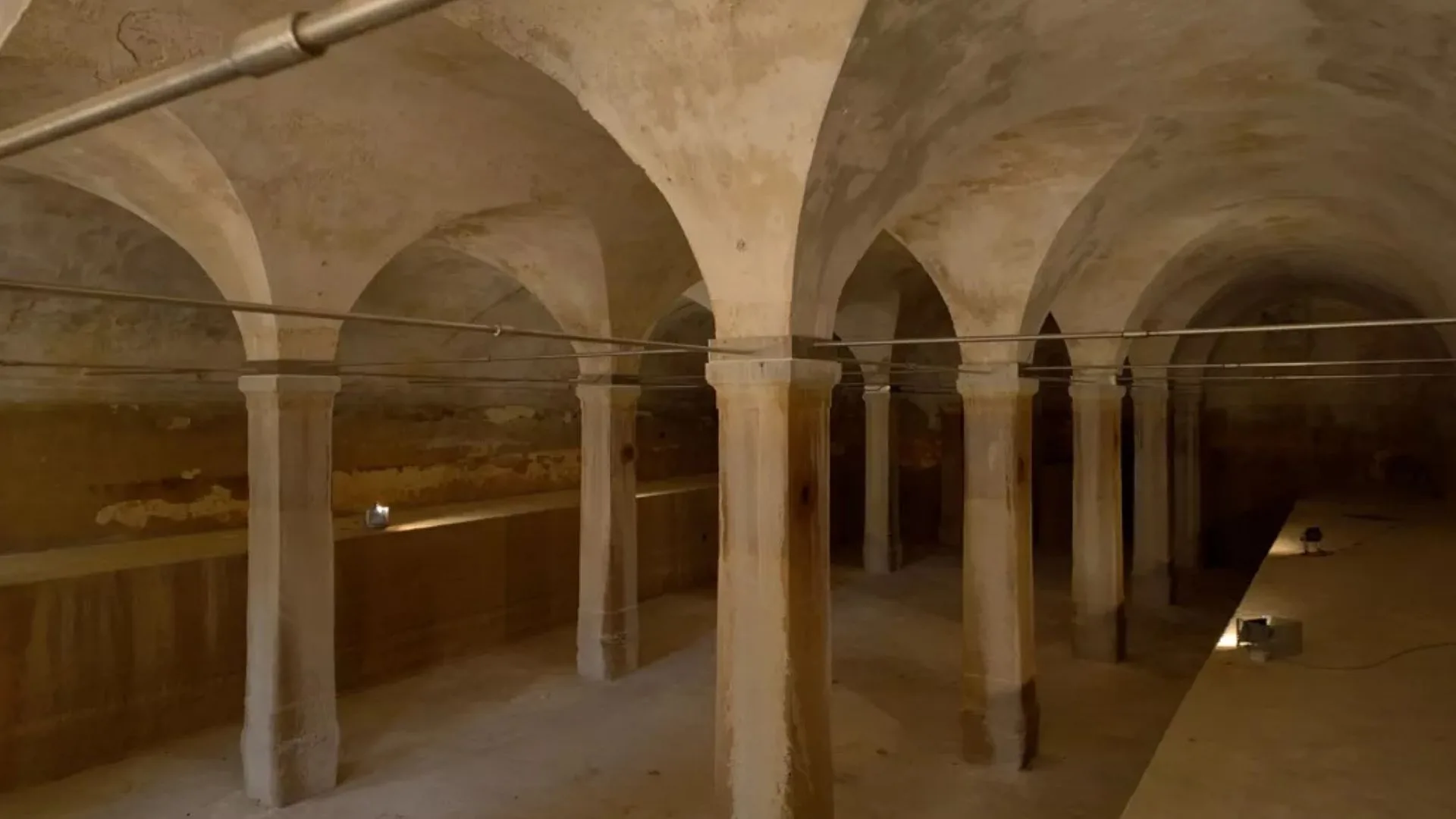Athens is reviving Hadrian’s Aqueduct – an ancient Roman water system built around 140 C.E. – to address modern water shortages caused by prolonged drought and climate pressures, according to smithsonianmag.gr
Commissioned by Emperor Hadrian, the aqueduct once supplied Athens’ public baths through a 15-mile underground network of gravity-fed channels. After serving the city for over a millennium, it fell into disuse during Ottoman rule in the 15th century. A brief revival in the 19th century ended with the system once again lying dormant—until now.
As water reserves drop to record lows, city officials have turned to this buried infrastructure. “It’s quite simple. We pull the water out of a Roman well, we process and filter it in a modern unit next to the ancient one, and from there it goes to homes,” explains Giorgos Sachinis, a director at the Athens Water Supply and Sewerage Company.
A 2.5-mile pipeline now links the aqueduct’s central reservoir—located beneath Dexameni Square—with select suburban areas. In its trial phase, the system will supply non-potable water to civic buildings and eventually about 80 homes.
“Ninety-five percent of customers don’t know the aqueduct exists,” says Nektarios Nikolopoulos, who runs a café above the old reservoir. But awareness may soon change.
The initiative comes as Athens’ main reservoirs, Mornos and Evinos, are down to 60% capacity—compared to 100% in 2022. Experts warn of increasing hydrological stress and urge swift action.
“It’s very exciting that something built 2,000 years ago will be used by modern Greeks for such an important reason,” says local resident Eleni Sotiriou. “We have to be careful. There isn’t an unlimited supply.”
Officials hope this ancient solution may inspire similar projects across Europe.
Source: smithsonianmag.com
